Home>Furniture & Design>Bathroom Accessories>How To Remove Mold From Bathtub Caulk
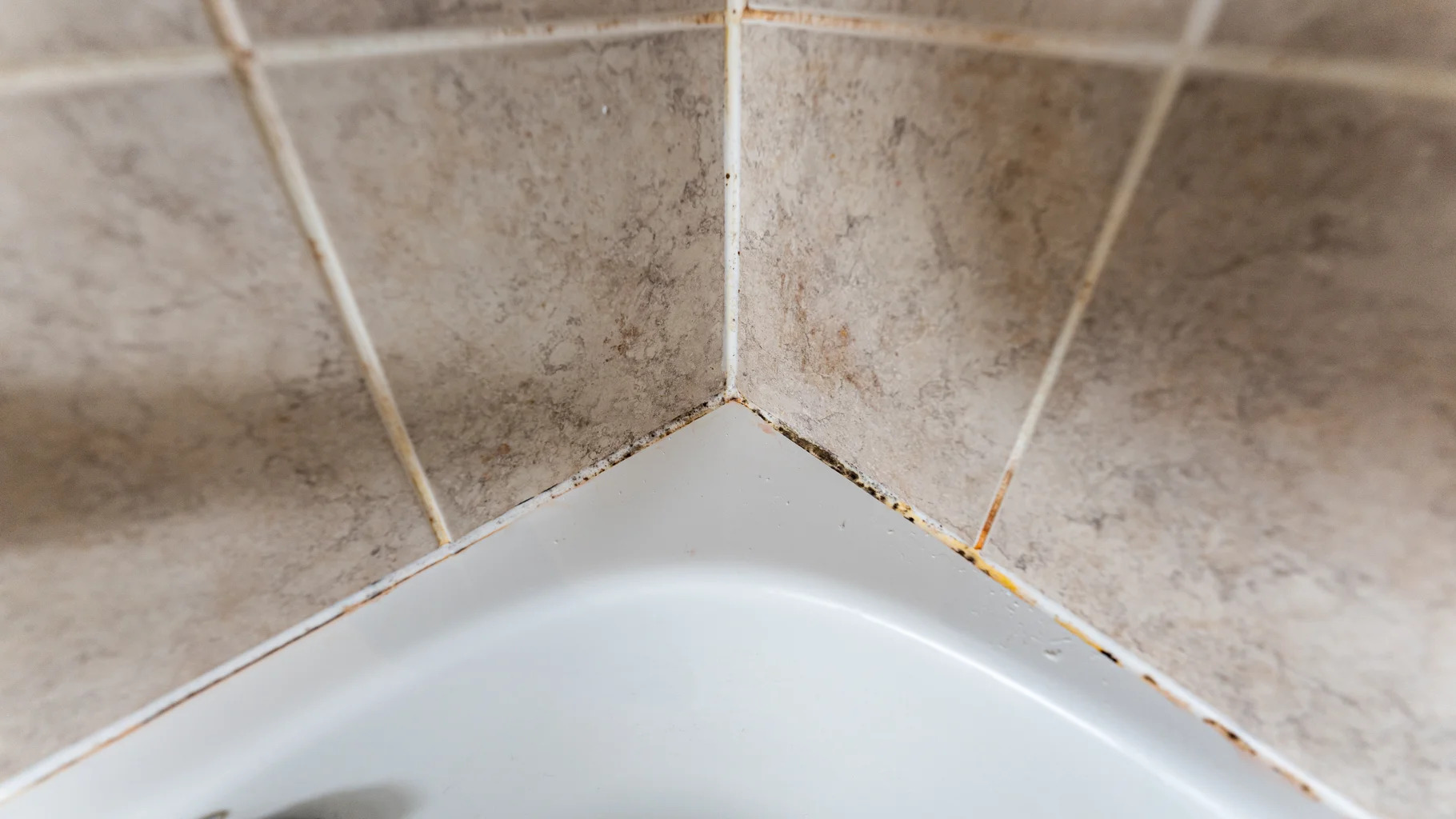

Bathroom Accessories
How To Remove Mold From Bathtub Caulk
Modified: March 2, 2024
Learn effective methods for removing mold from bathtub caulk and keeping your bathroom accessories clean and mold-free. Say goodbye to mold and maintain a fresh, hygienic bathroom environment.
(Many of the links in this article redirect to a specific reviewed product. Your purchase of these products through affiliate links helps to generate commission for Storables.com, at no extra cost. Learn more)
Introduction
Mold in bathtub caulk is a common issue that many homeowners face. It not only looks unsightly but can also pose potential health risks. The presence of mold in the bathroom can lead to respiratory problems and allergies, making it essential to address the problem promptly and effectively.
In this comprehensive guide, we will explore the causes of mold in bathtub caulk, the tools and materials needed for mold removal, and a step-by-step guide to effectively eliminate mold from bathtub caulk. Additionally, we will discuss preventive measures to inhibit future mold growth, ensuring a clean and healthy bathroom environment for you and your family.
Mold thrives in damp and humid environments, making the bathroom an ideal breeding ground. The combination of moisture, warmth, and organic matter provides the perfect conditions for mold spores to take hold and proliferate. As a result, bathtub caulk, which is constantly exposed to water and moisture, is particularly susceptible to mold growth.
By understanding the underlying causes of mold in bathtub caulk and equipping yourself with the necessary knowledge and tools for removal and prevention, you can effectively combat this common household issue. With the right approach, you can restore the cleanliness and aesthetic appeal of your bathroom while ensuring a healthy living environment for you and your loved ones.
Now, let's delve into the factors contributing to mold growth in bathtub caulk and the essential tools and materials required for effective mold removal.
Key Takeaways:
- Say goodbye to mold in your bathtub caulk by understanding the causes and using the right tools and materials for effective removal. Prevent future growth with simple maintenance and proactive measures.
- Keep your bathroom mold-free by enhancing ventilation, regular cleaning, addressing leaks, using mold-resistant caulk, monitoring humidity, and maintaining caulk integrity. Enjoy a clean and inviting space with these preventive measures.
Read more: How To Remove Old Caulking From Bathtub
Understanding the Causes of Mold in Bathtub Caulk
Mold growth in bathtub caulk is a common occurrence, often attributed to the unique environmental conditions present in bathrooms. Understanding the underlying causes of mold in bathtub caulk is crucial for effectively addressing and preventing this issue.
-
Moisture and Humidity: Bathrooms are inherently moist environments due to regular use of water for bathing, showering, and handwashing. The combination of moisture and humidity creates an ideal breeding ground for mold spores. When water comes into contact with bathtub caulk, it can seep into the porous material, providing the necessary moisture for mold growth.
-
Lack of Ventilation: Inadequate ventilation in bathrooms can exacerbate mold growth. Without proper airflow, moisture becomes trapped, leading to prolonged dampness in the bathroom. This stagnant environment promotes mold development, particularly in areas such as bathtub caulk where water tends to accumulate.
-
Organic Matter: The presence of organic matter, such as soap scum and skin cells, provides nutrients for mold to thrive. When organic debris accumulates on bathtub caulk, it creates an additional food source for mold spores, further facilitating their growth and proliferation.
-
Inadequate Cleaning: Infrequent or ineffective cleaning of bathtub caulk can contribute to mold growth. Over time, dirt, soap residue, and other contaminants can build up, creating an environment conducive to mold development. Without regular cleaning and maintenance, mold spores can take hold and colonize the caulk.
-
Old or Deteriorating Caulk: As bathtub caulk ages, it may become less effective at repelling water and preventing moisture infiltration. Cracks, gaps, or deterioration in the caulk can allow water to penetrate, leading to increased moisture retention and mold formation.
By recognizing these underlying causes of mold in bathtub caulk, homeowners can take proactive measures to address and prevent mold growth. With a clear understanding of the contributing factors, individuals can implement targeted strategies to mitigate moisture, improve ventilation, and maintain cleanliness in the bathroom, ultimately reducing the likelihood of mold development in bathtub caulk.
Tools and Materials Needed for Mold Removal
When it comes to effectively removing mold from bathtub caulk, having the right tools and materials at your disposal is essential. By equipping yourself with the following items, you can tackle the mold removal process with confidence and efficiency.
Tools:
- Protective Gear: Prioritize safety by wearing protective gear, including rubber gloves, safety goggles, and a face mask. These items will shield you from potential exposure to mold spores and cleaning agents, ensuring a safe removal process.
- Utility Knife or Razor Blade: A utility knife or razor blade can be used to carefully remove any deteriorated or mold-infested caulk from the bathtub joints. This step is crucial for eliminating the source of mold and preparing the surface for recaulking.
- Caulk Removal Tool: Utilize a caulk removal tool to effectively strip away old caulk from the joints. This specialized tool helps to cleanly and efficiently extract the existing caulk, facilitating the subsequent mold removal and recaulking process.
- Scrubbing Brush or Pad: Select a durable scrubbing brush or pad to physically agitate and remove mold from the bathtub caulk. Look for a brush with stiff bristles or an abrasive pad to effectively dislodge mold growth from the surface.
- Spray Bottle: Fill a spray bottle with a mold-removing solution or a homemade mixture of water and white vinegar. The spray bottle allows for targeted application of the cleaning solution to the affected areas, ensuring thorough coverage and penetration.
Materials:
- Mold-Removing Solution: Choose a commercial mold-removing solution or prepare a DIY mixture using household ingredients such as white vinegar, hydrogen peroxide, or baking soda. These solutions are effective at breaking down and eliminating mold, preparing the caulk for thorough cleaning and treatment.
- Bleach: For severe mold infestations, consider using bleach as a potent mold-killing agent. Dilute the bleach with water and use it sparingly, ensuring proper ventilation and avoiding contact with other cleaning products.
- New Caulk: Following mold removal, new caulk is essential for resealing the bathtub joints and preventing future moisture infiltration. Select a high-quality silicone or acrylic caulk that is specifically formulated for wet environments, ensuring long-lasting protection against mold and water damage.
- Clean Cloth or Towel: Have a clean cloth or towel on hand to wipe away excess moisture and cleaning solutions during the mold removal process. This will help to maintain a tidy work area and prevent residual mold from spreading to unaffected surfaces.
By gathering these essential tools and materials, you can prepare for a thorough and effective mold removal process, setting the stage for a successful restoration of your bathtub caulk and a mold-free bathroom environment.
Read more: How To Remove Silicone Caulk From Bathtub
Step-by-Step Guide to Removing Mold from Bathtub Caulk
-
Prepare the Work Area: Begin by ensuring proper ventilation in the bathroom. Open windows and use a fan to promote airflow and reduce the concentration of airborne mold spores. Additionally, don protective gear, including rubber gloves, safety goggles, and a face mask, to safeguard yourself during the mold removal process.
-
Remove Old Caulk: Use a utility knife or razor blade to carefully cut away the old caulk from the bathtub joints. Exercise caution to avoid damaging the surrounding surfaces. Once the old caulk is removed, use a caulk removal tool to thoroughly extract any remaining traces, creating a clean foundation for mold removal and recaulking.
-
Apply Mold-Removing Solution: Fill a spray bottle with a commercial mold-removing solution or a homemade mixture of water and white vinegar. Liberally spray the affected areas of the bathtub caulk, ensuring complete coverage. Allow the solution to penetrate for the recommended duration, typically 10-15 minutes, to effectively break down and loosen the mold.
-
Scrub the Caulk: Armed with a sturdy scrubbing brush or pad, vigorously scrub the bathtub caulk to dislodge and remove the loosened mold. Employ firm pressure to ensure thorough cleaning, focusing on areas where mold growth is most prevalent. Repeat the scrubbing process as needed to achieve optimal results.
-
Rinse and Dry: Once the mold has been effectively scrubbed from the caulk, rinse the area with clean water to remove residual cleaning solution and mold debris. Use a clean cloth or towel to dry the caulk and surrounding surfaces, ensuring that excess moisture is eliminated.
-
Inspect for Residual Mold: After drying the caulk, carefully inspect the joints for any remaining traces of mold. If stubborn mold spots persist, repeat the application of the mold-removing solution and scrubbing process until the caulk is completely free of mold.
-
Recaulk the Joints: With the mold successfully removed, it's time to recaulk the bathtub joints to prevent future moisture infiltration. Apply a high-quality silicone or acrylic caulk to the cleaned and dried surfaces, ensuring a tight seal that effectively repels water and inhibits mold growth.
-
Allow for Proper Curing: Once the new caulk is applied, allow it to cure according to the manufacturer's instructions. This typically involves refraining from using the bathtub or shower for a specified period to ensure that the caulk sets and forms a durable, waterproof seal.
By following this step-by-step guide, you can effectively remove mold from bathtub caulk, restore the cleanliness of your bathroom, and implement preventive measures to inhibit future mold growth. With attention to detail and the right approach, you can achieve a mold-free and aesthetically pleasing bathtub caulk, promoting a healthy and hygienic bathroom environment for you and your family.
Preventing Mold Growth in the Future
After successfully removing mold from bathtub caulk, it's essential to implement preventive measures to inhibit future mold growth. By addressing the underlying factors that contribute to mold development, homeowners can proactively safeguard their bathroom environment and maintain the cleanliness and integrity of the bathtub caulk.
Enhance Ventilation
Improving ventilation in the bathroom is crucial for reducing moisture buildup and preventing mold growth. Consider installing a high-quality exhaust fan to effectively remove excess humidity and promote airflow. Additionally, opening windows during and after bathing or showering can facilitate the dissipation of moisture, minimizing the conditions conducive to mold formation.
Regular Cleaning and Maintenance
Establishing a routine for regular cleaning and maintenance of the bathtub and surrounding areas is key to preventing mold growth. Incorporate a mildew-resistant cleaner into your cleaning regimen to effectively combat mold and mildew. Focus on removing soap scum, residue, and moisture from the bathtub caulk and surfaces to eliminate potential food sources for mold spores.
Read more: How To Remove Mold In A Bathtub
Promptly Address Leaks and Water Damage
Addressing leaks and water damage in a timely manner is essential for preventing mold growth. Inspect the bathtub, faucets, and plumbing fixtures for any signs of leaks or water seepage. Promptly repair any leaks and address water damage to prevent moisture accumulation and the subsequent development of mold in the bathtub caulk and surrounding areas.
Utilize Mold-Resistant Caulk
When recaulking the bathtub joints, opt for mold-resistant caulk specifically designed for wet environments. Mold-resistant caulk contains additives that inhibit mold growth, providing an additional layer of protection against moisture infiltration and mold development. Selecting a high-quality, mold-resistant caulk can significantly contribute to long-term mold prevention.
Monitor Humidity Levels
Regularly monitor the humidity levels in the bathroom to ensure they remain within an optimal range. Consider using a hygrometer to measure humidity and identify any fluctuations that may contribute to mold growth. Maintaining a relative humidity level below 60% is recommended to discourage mold proliferation in the bathroom environment.
Inspect and Maintain Caulk Integrity
Periodically inspect the integrity of the bathtub caulk to identify any signs of deterioration, cracking, or gaps. Address any caulk issues promptly by recaulking as needed to maintain a watertight seal. By proactively maintaining the caulk, homeowners can prevent water infiltration and minimize the risk of mold formation.
By implementing these preventive measures, homeowners can effectively inhibit future mold growth in bathtub caulk, ensuring a clean, hygienic, and mold-free bathroom environment. With proactive maintenance and attention to moisture control, individuals can enjoy a pristine and inviting bathroom space while mitigating the risk of mold-related issues.
Read more: How To Scrape Caulk From A Bathtub
Conclusion
In conclusion, addressing mold growth in bathtub caulk is essential for maintaining a clean, hygienic, and healthy bathroom environment. By understanding the underlying causes of mold, equipping oneself with the necessary tools and materials, and following a systematic approach to mold removal, homeowners can effectively restore the integrity of their bathtub caulk and prevent future mold-related issues.
The presence of moisture, lack of ventilation, organic matter, inadequate cleaning, and deteriorating caulk are key contributors to mold growth in bathtub caulk. Recognizing these factors empowers individuals to implement targeted strategies to mitigate moisture, improve ventilation, and maintain cleanliness in the bathroom. By addressing these underlying causes, homeowners can proactively combat mold growth and promote a mold-free living space.
When it comes to removing mold from bathtub caulk, having the right tools and materials is crucial. Protective gear, utility knives, caulk removal tools, scrubbing brushes, mold-removing solutions, bleach, and new caulk are essential for a thorough and effective mold removal process. By gathering these items, individuals can confidently tackle mold removal and recaulking, setting the stage for a successful restoration of their bathtub caulk.
Following a step-by-step guide to mold removal, including preparing the work area, removing old caulk, applying mold-removing solutions, scrubbing the caulk, rinsing and drying, inspecting for residual mold, recaulking the joints, and allowing for proper curing, homeowners can achieve a mold-free and aesthetically pleasing bathtub caulk. This systematic approach ensures that mold is effectively eliminated, and preventive measures are implemented to inhibit future mold growth.
Furthermore, preventing mold growth in the future is paramount for maintaining a clean and mold-free bathroom environment. Enhancing ventilation, regular cleaning and maintenance, promptly addressing leaks and water damage, utilizing mold-resistant caulk, monitoring humidity levels, and inspecting and maintaining caulk integrity are proactive measures that homeowners can implement to safeguard against future mold issues.
By implementing these preventive measures, individuals can effectively inhibit future mold growth in bathtub caulk, ensuring a clean, hygienic, and mold-free bathroom environment. With proactive maintenance and attention to moisture control, homeowners can enjoy a pristine and inviting bathroom space while mitigating the risk of mold-related issues.
In essence, addressing mold in bathtub caulk requires a comprehensive approach that encompasses understanding the causes of mold, utilizing the right tools and materials for removal, following a systematic mold removal process, and implementing preventive measures for long-term mold prevention. By taking proactive steps to combat mold growth, homeowners can create a healthy and inviting bathroom environment for themselves and their families.
Frequently Asked Questions about How To Remove Mold From Bathtub Caulk
Was this page helpful?
At Storables.com, we guarantee accurate and reliable information. Our content, validated by Expert Board Contributors, is crafted following stringent Editorial Policies. We're committed to providing you with well-researched, expert-backed insights for all your informational needs.
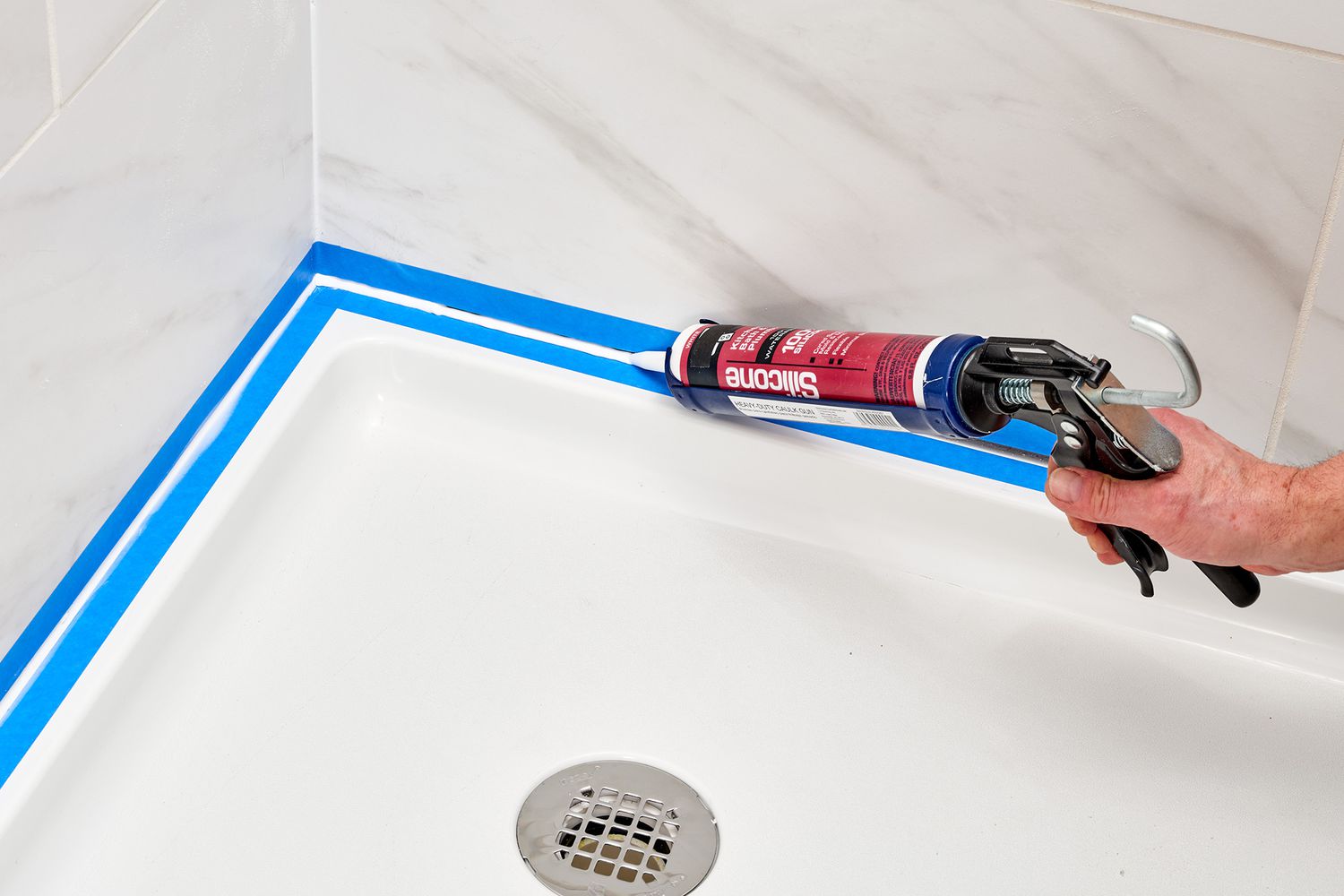
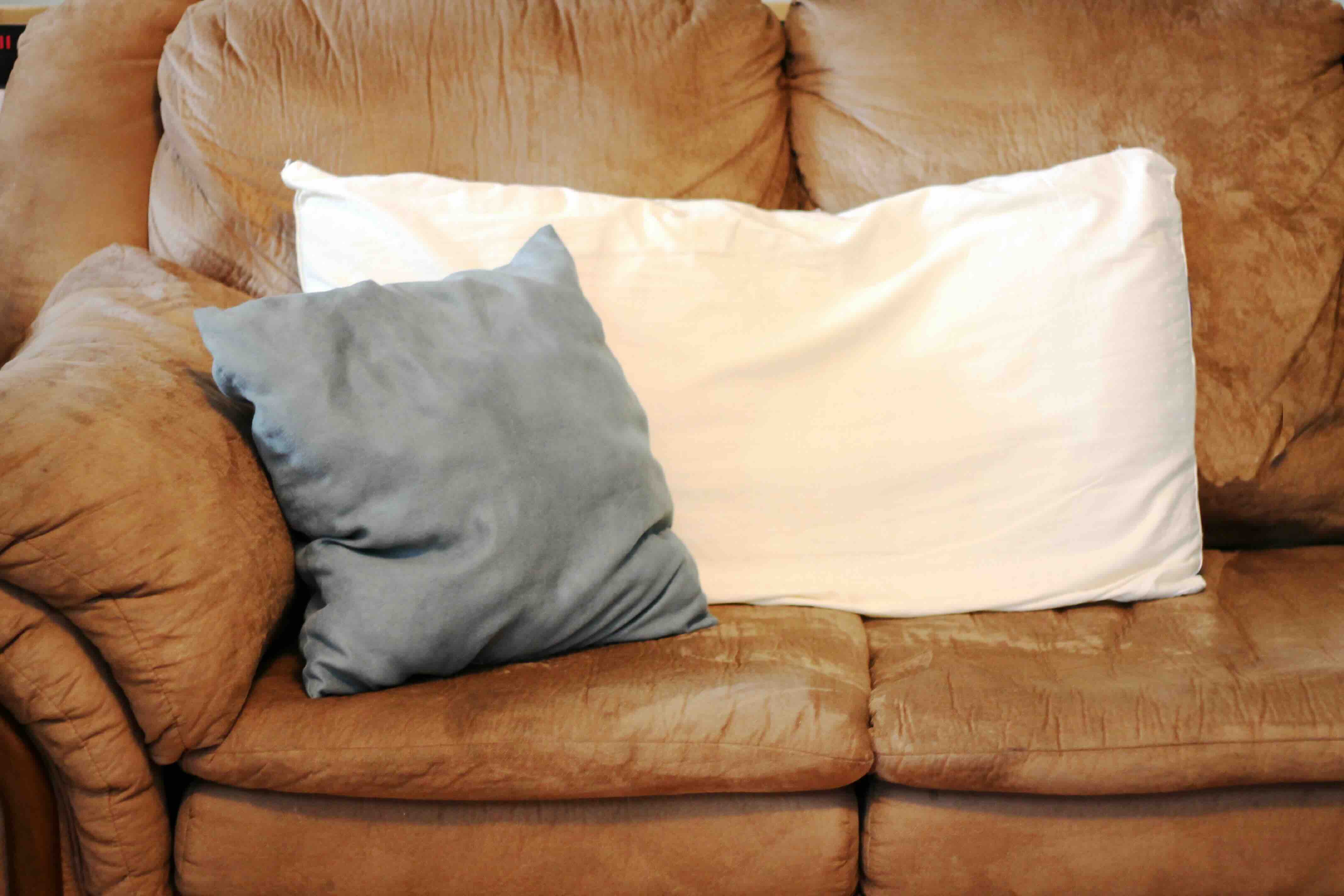
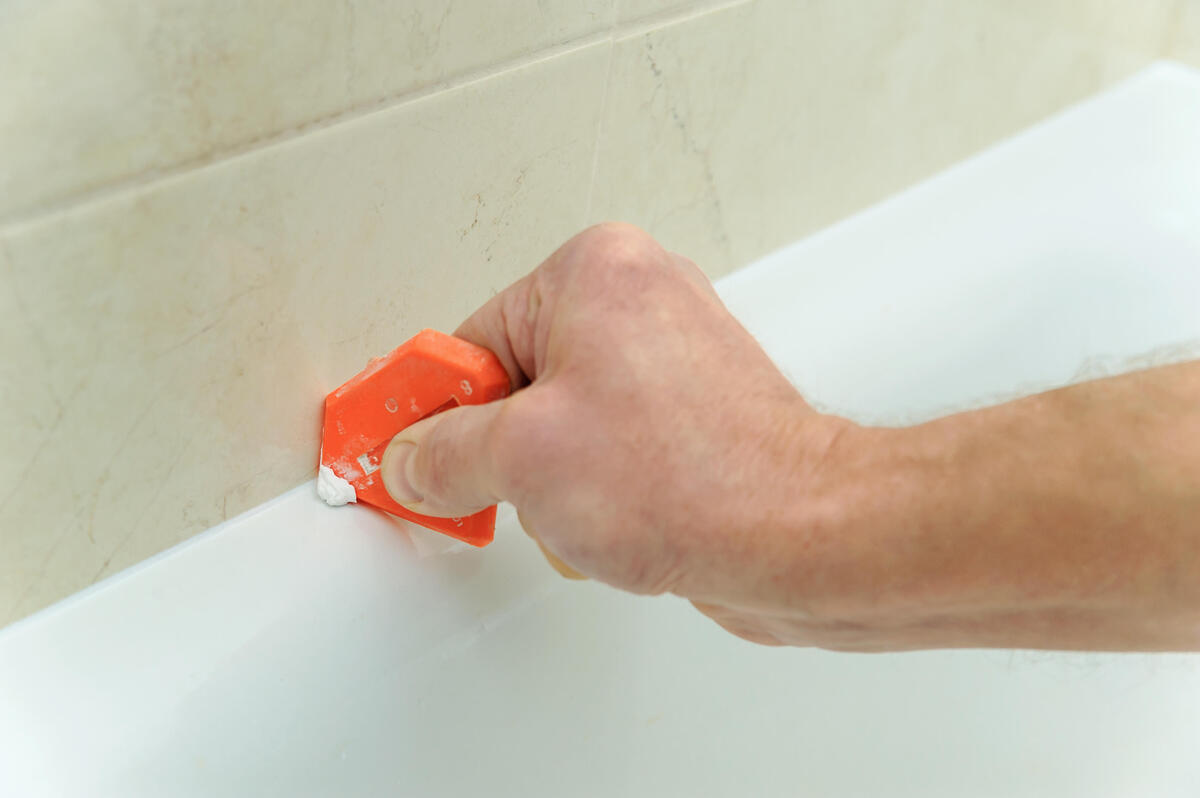
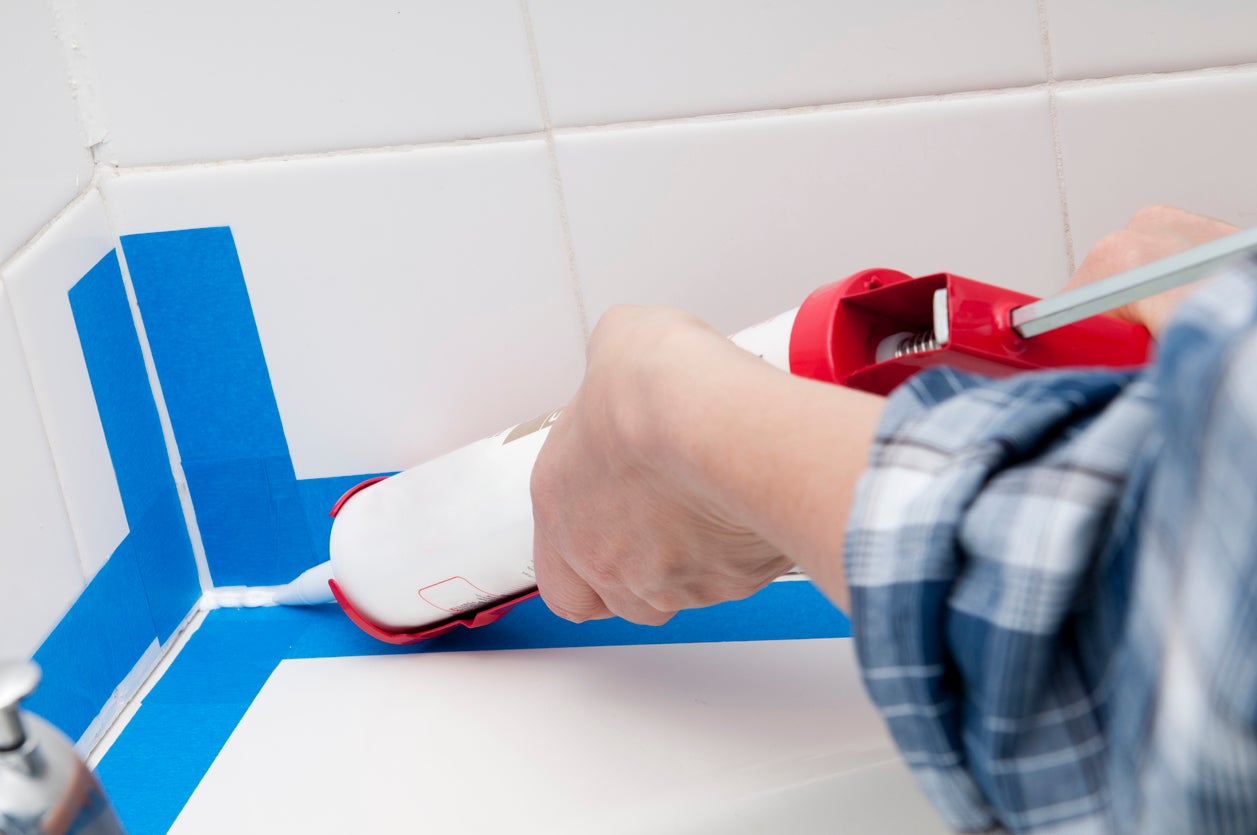
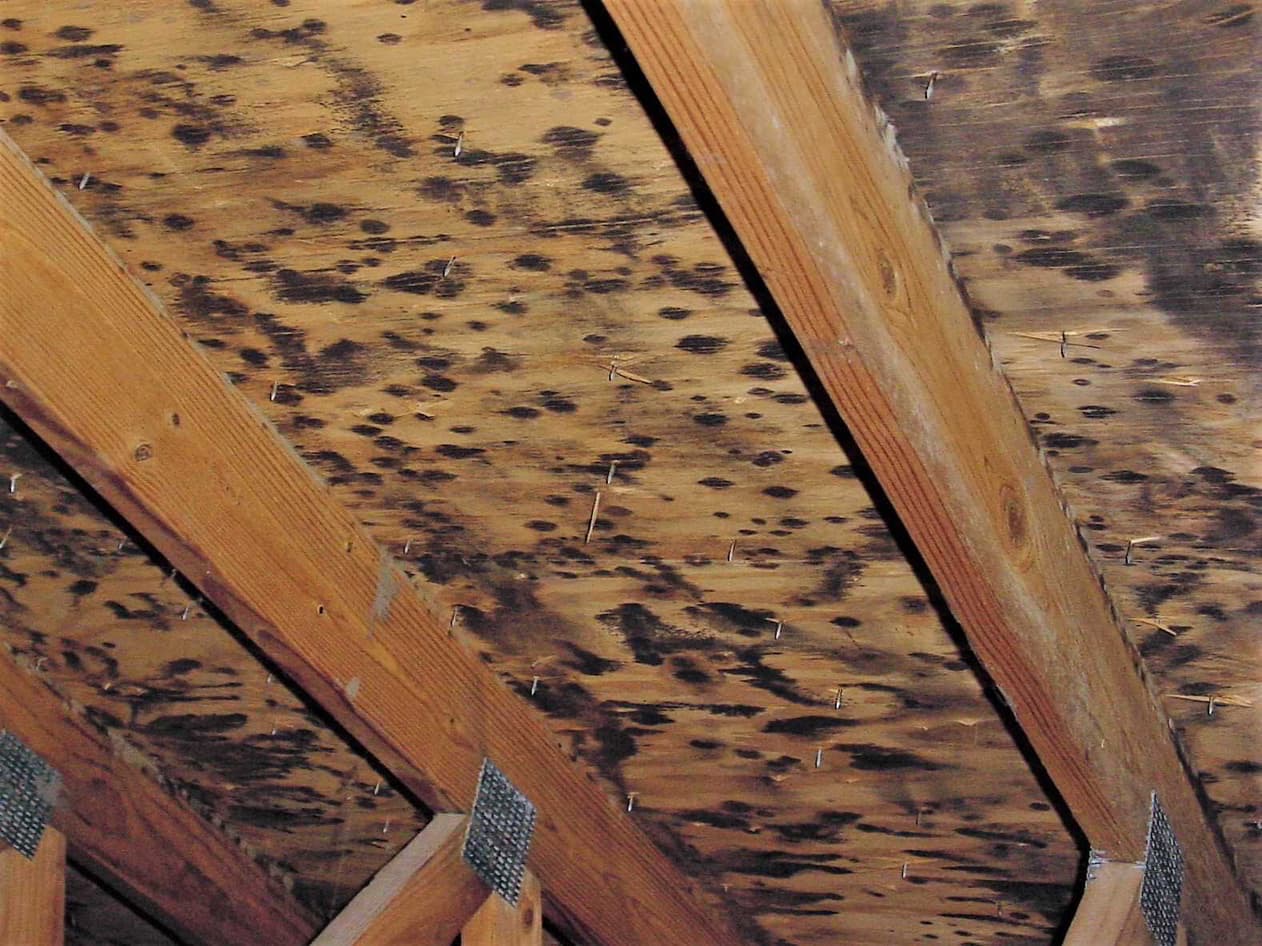
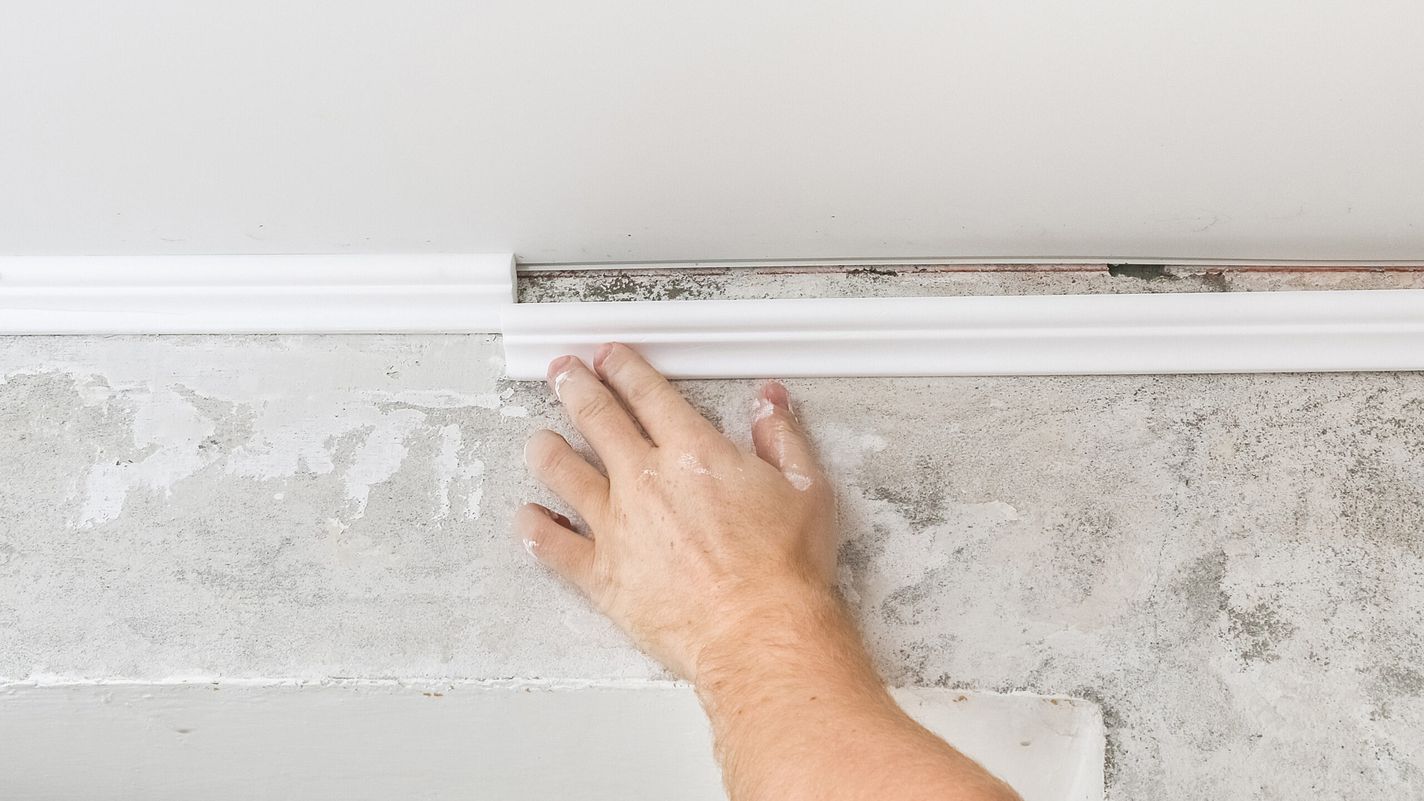
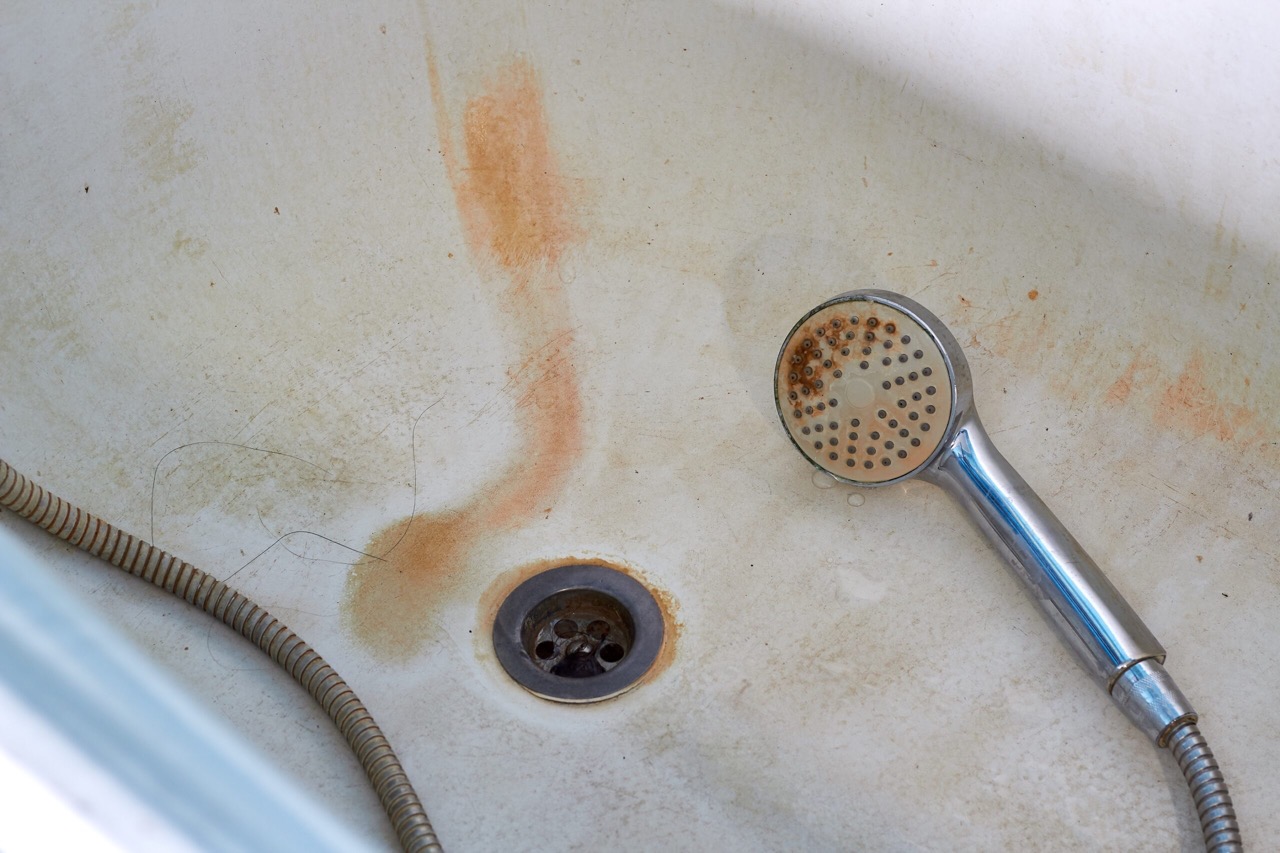
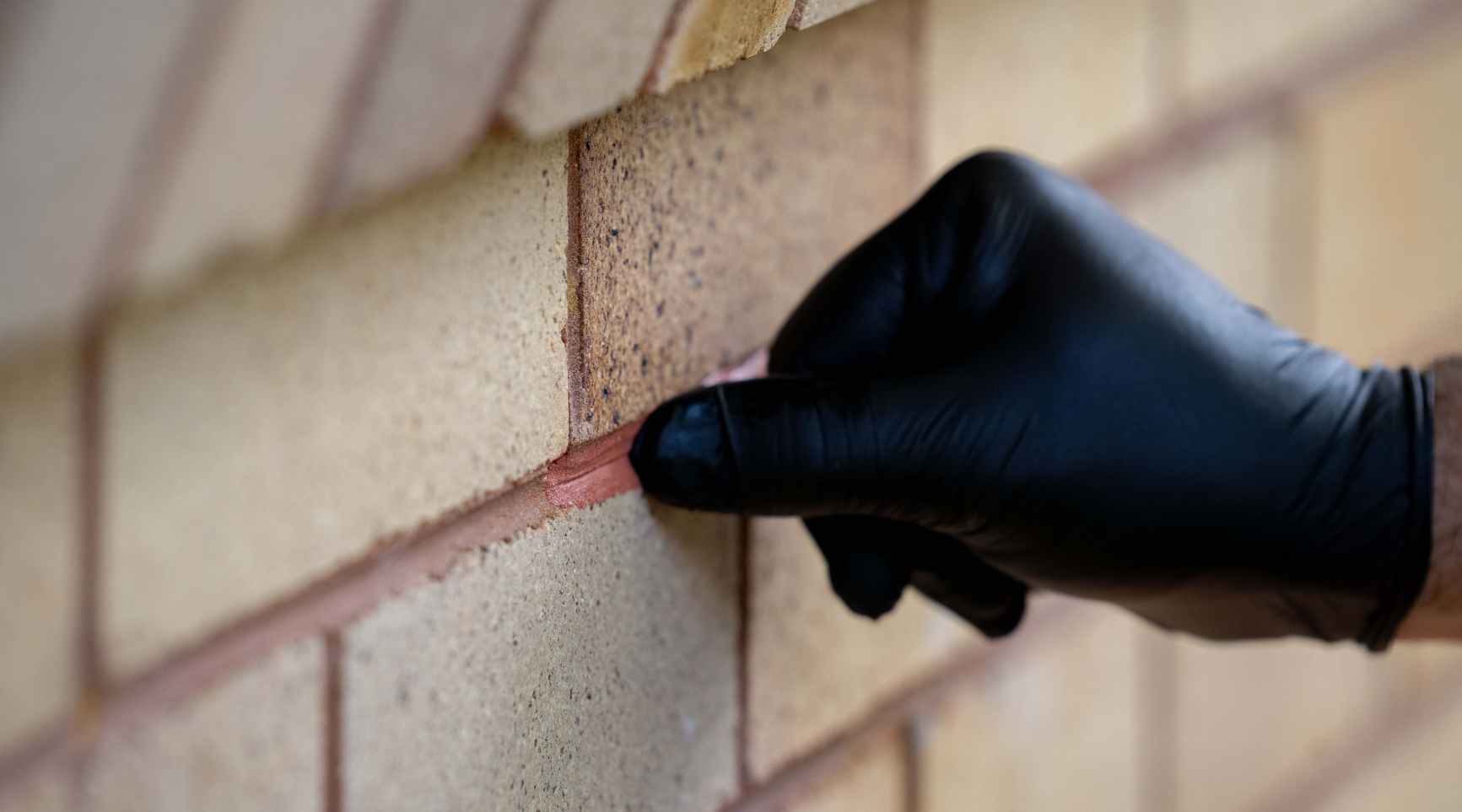
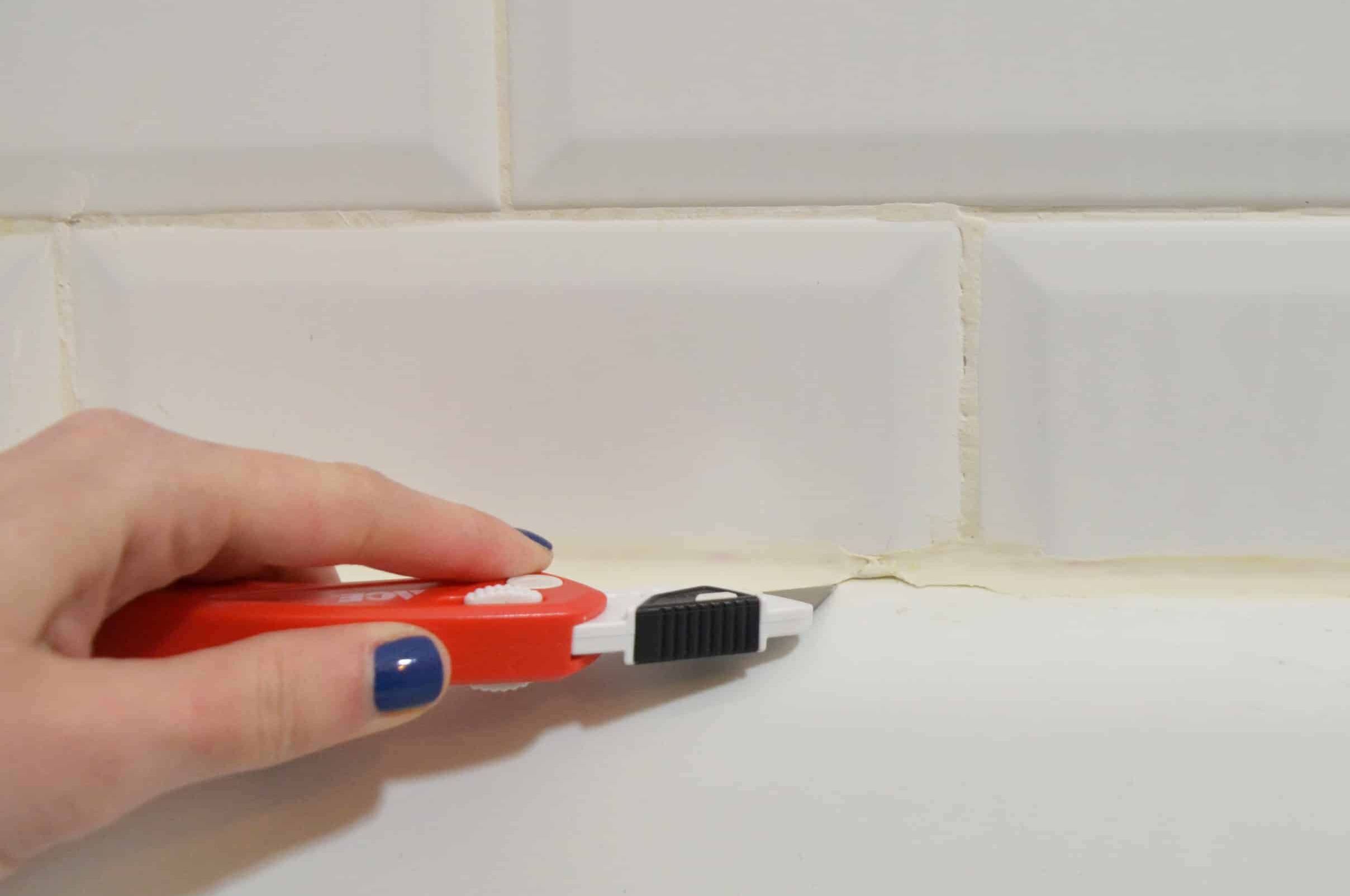
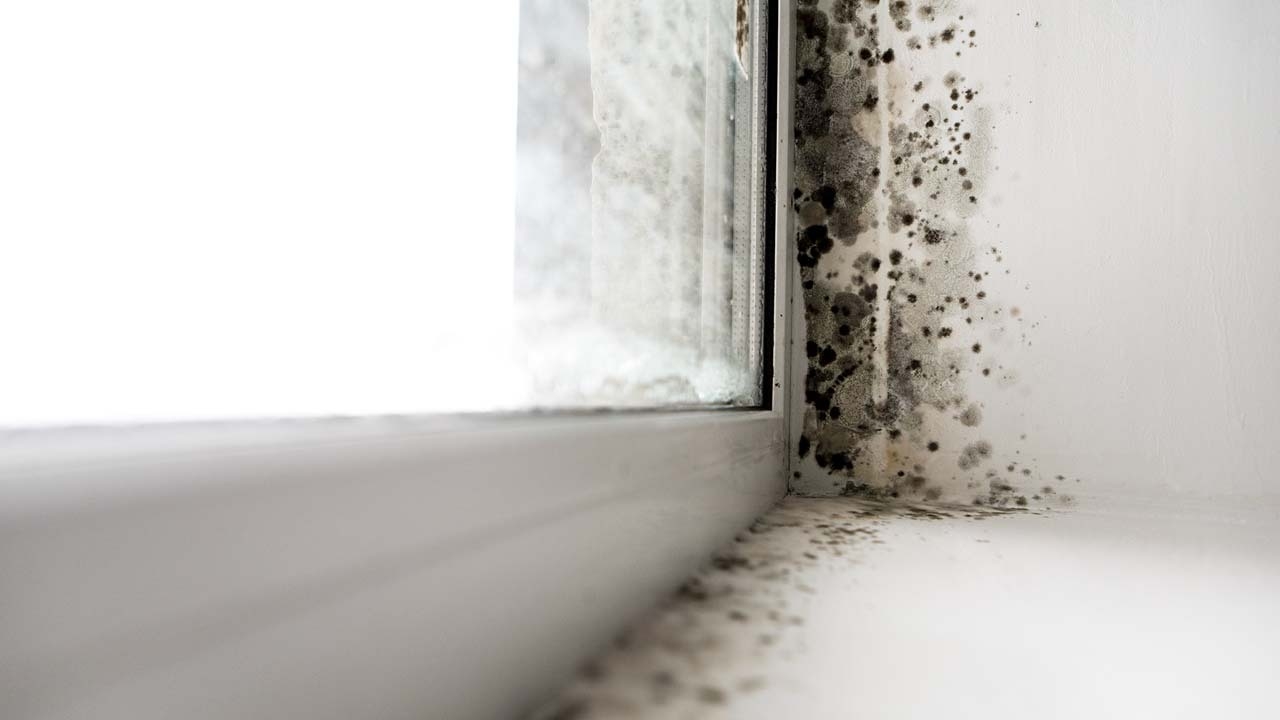
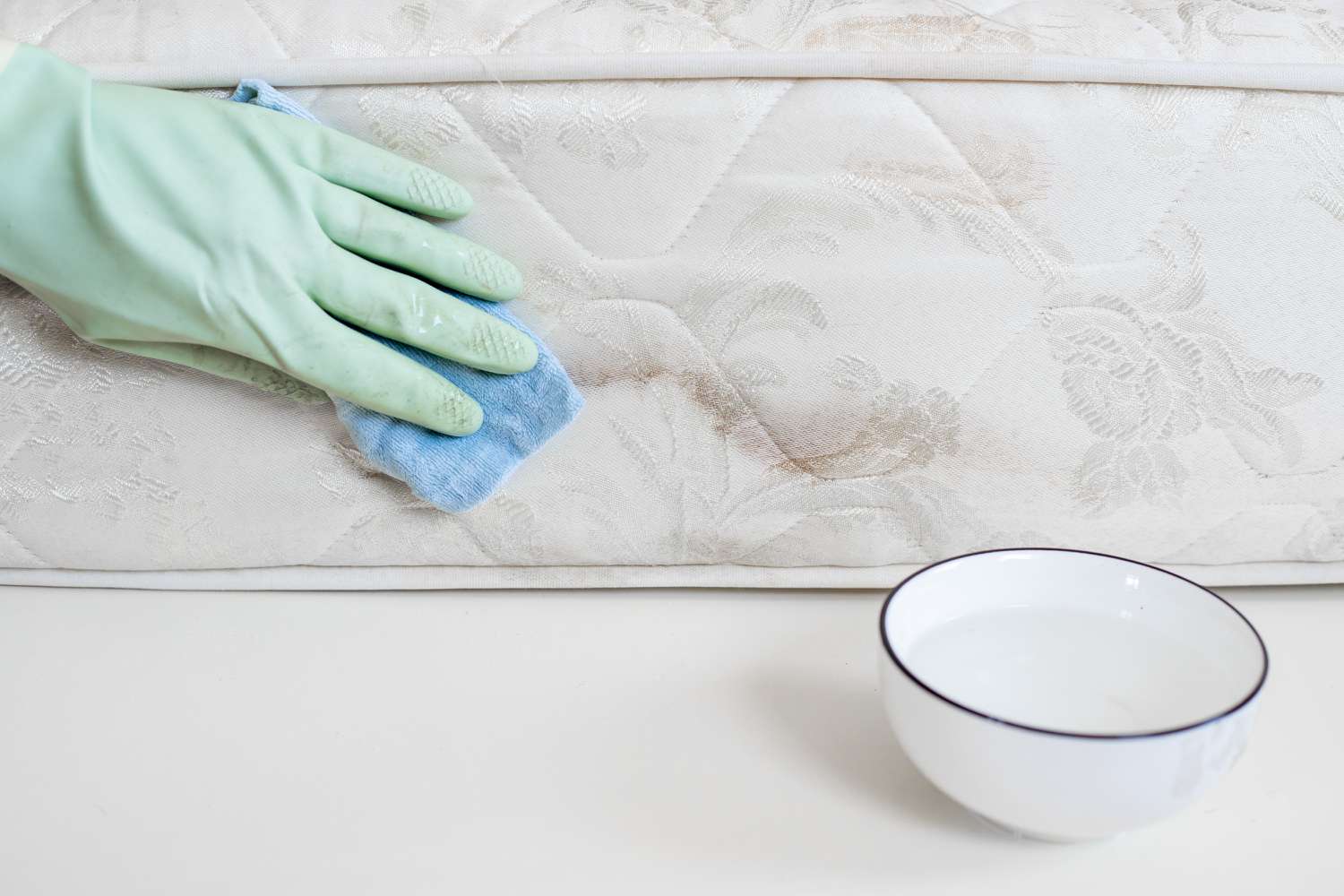
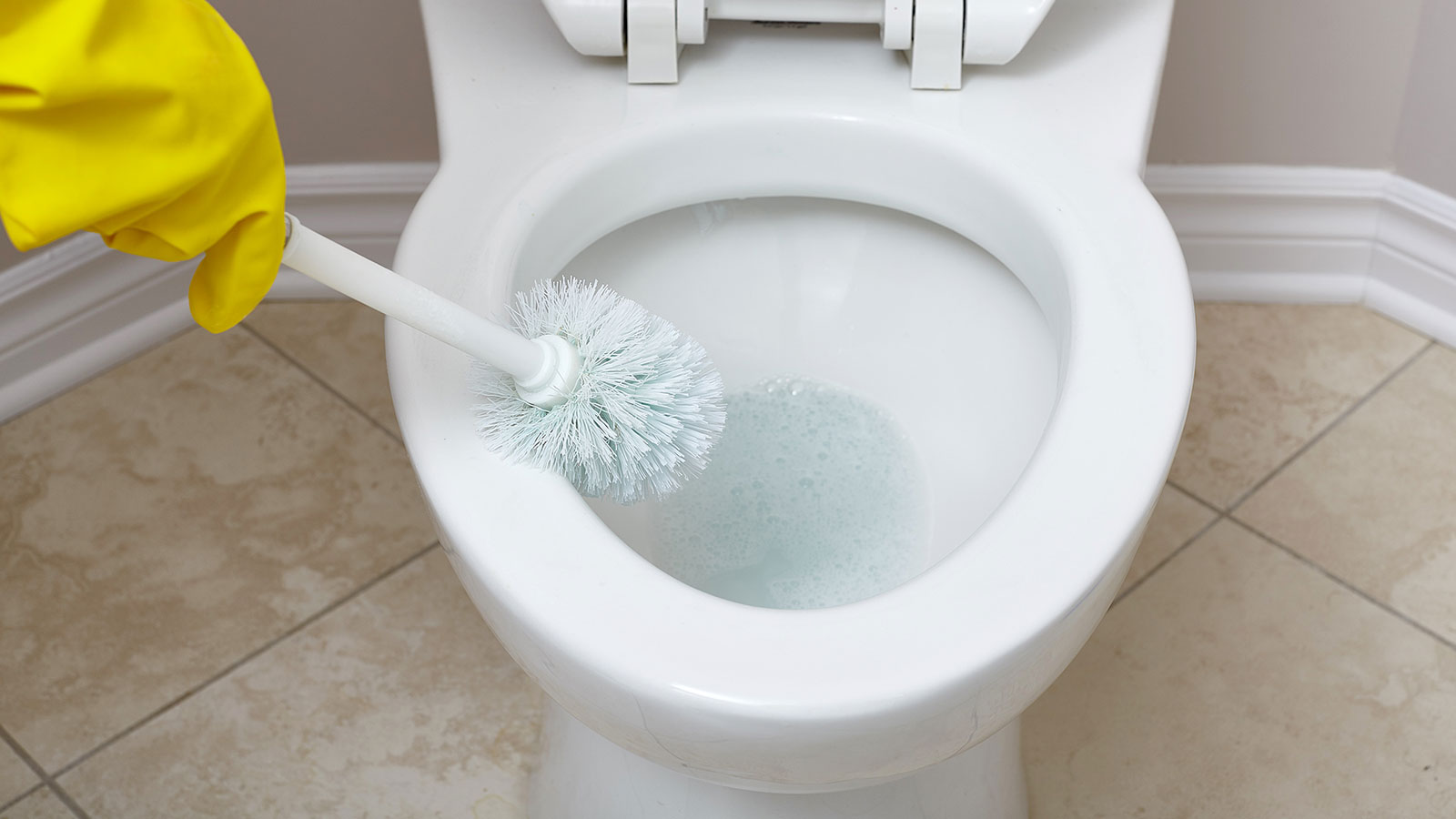

0 thoughts on “How To Remove Mold From Bathtub Caulk”